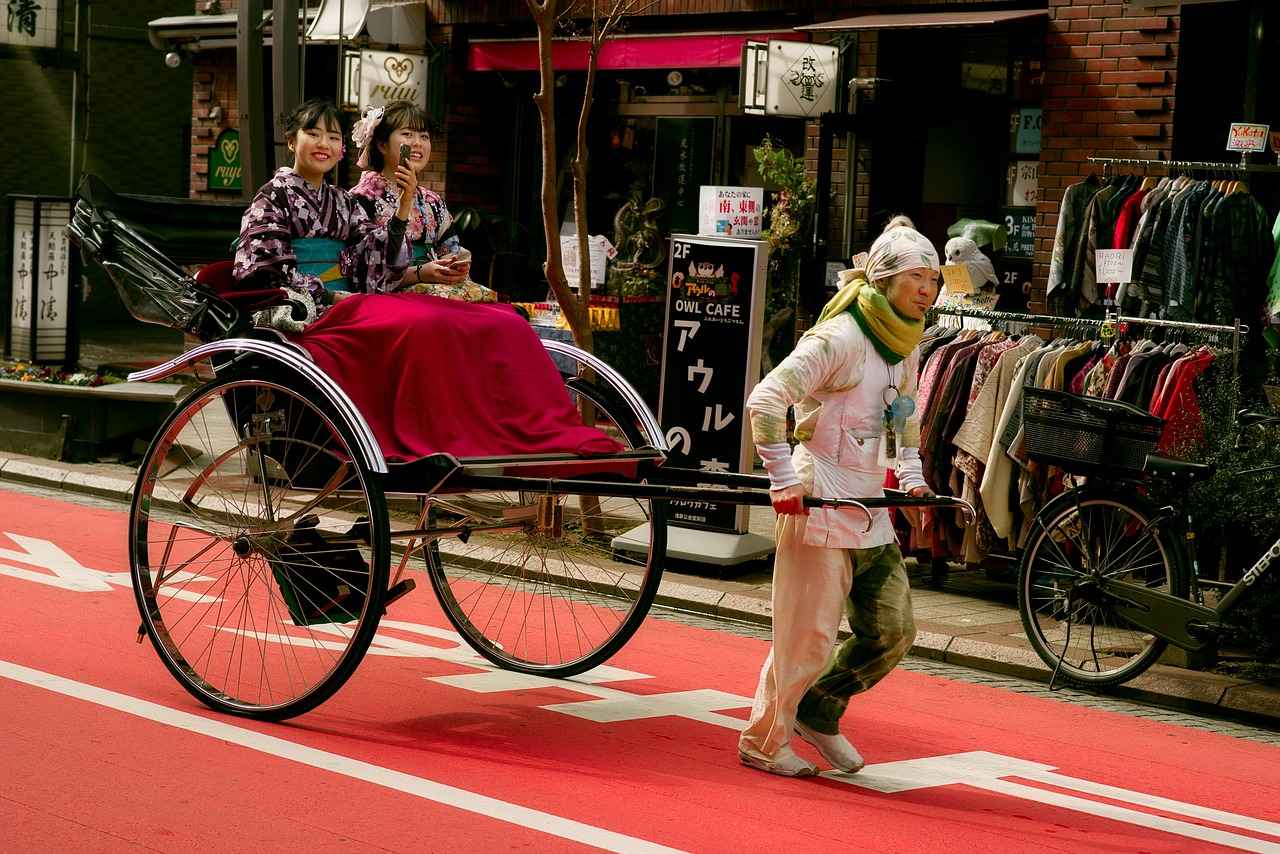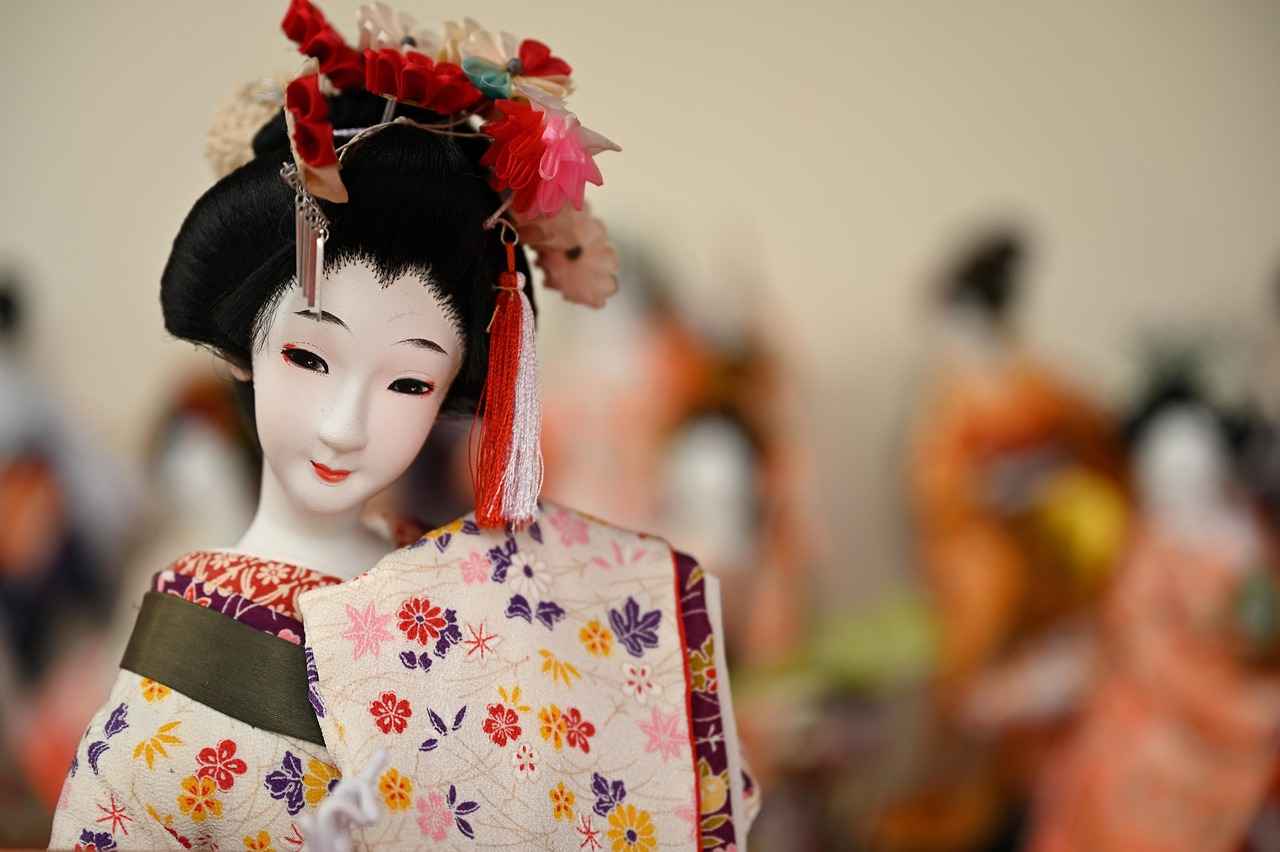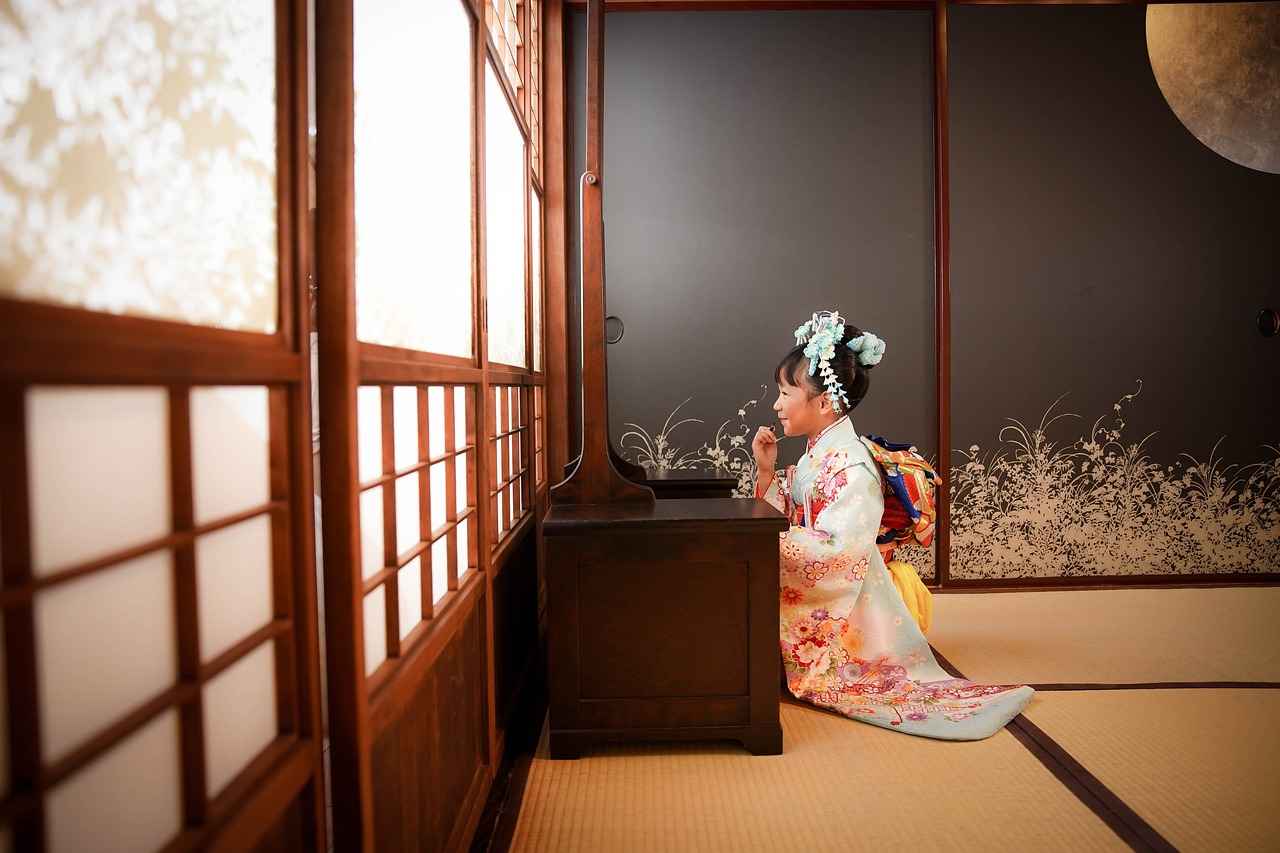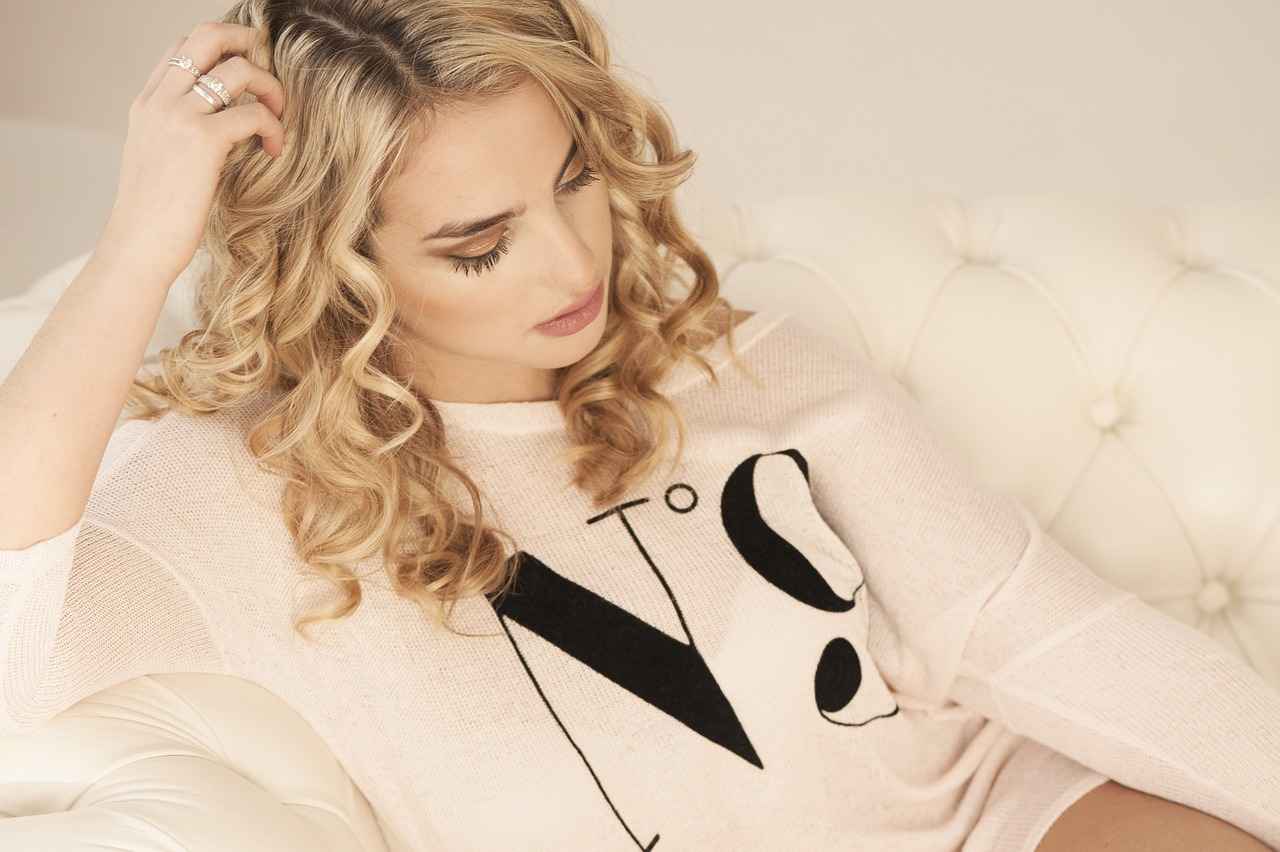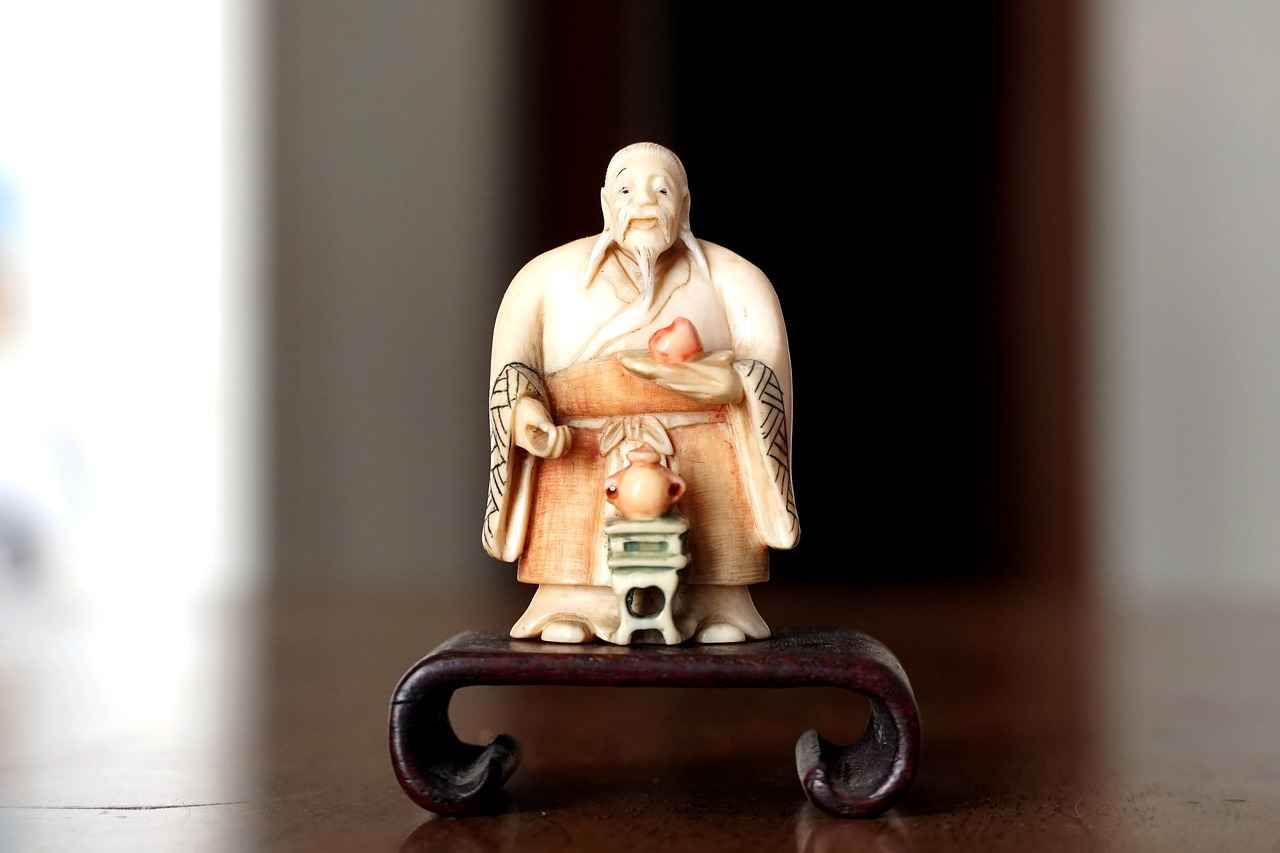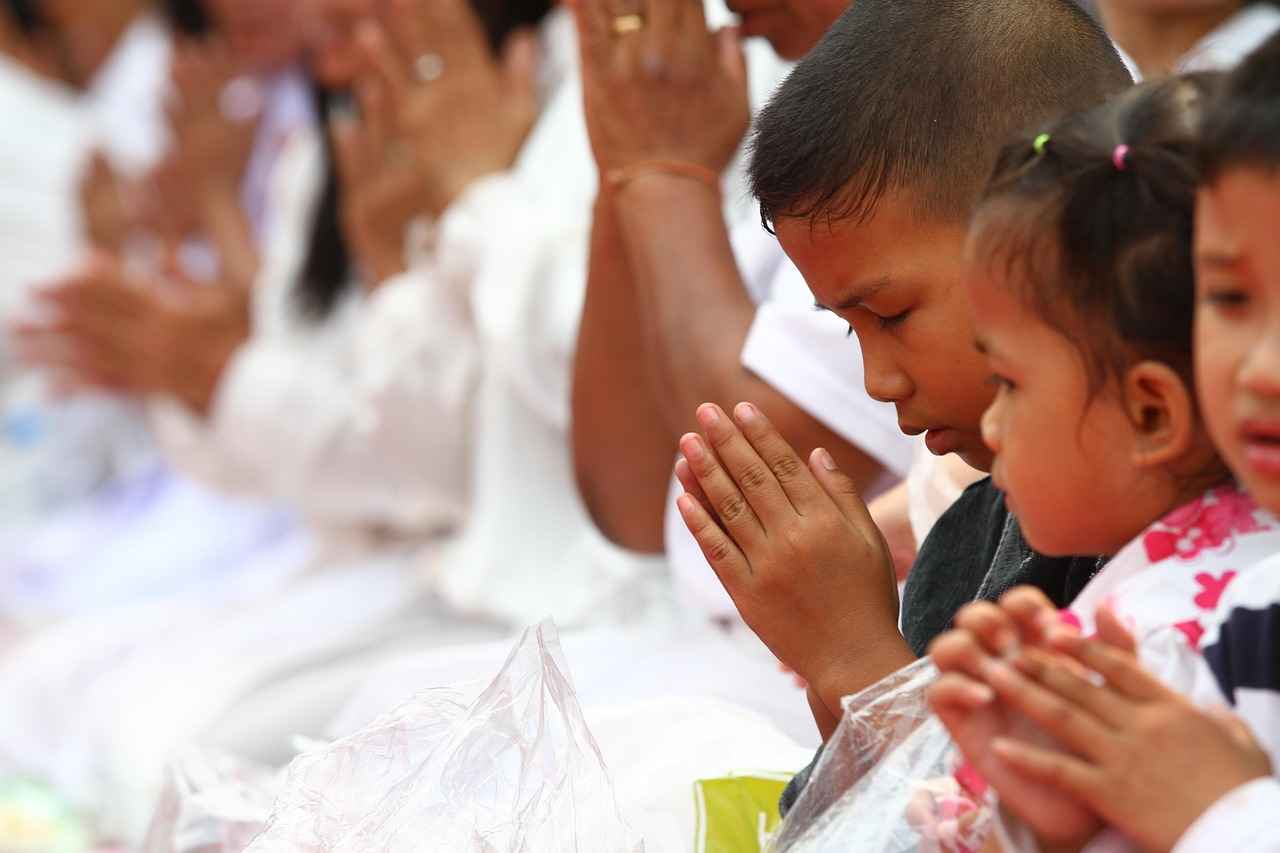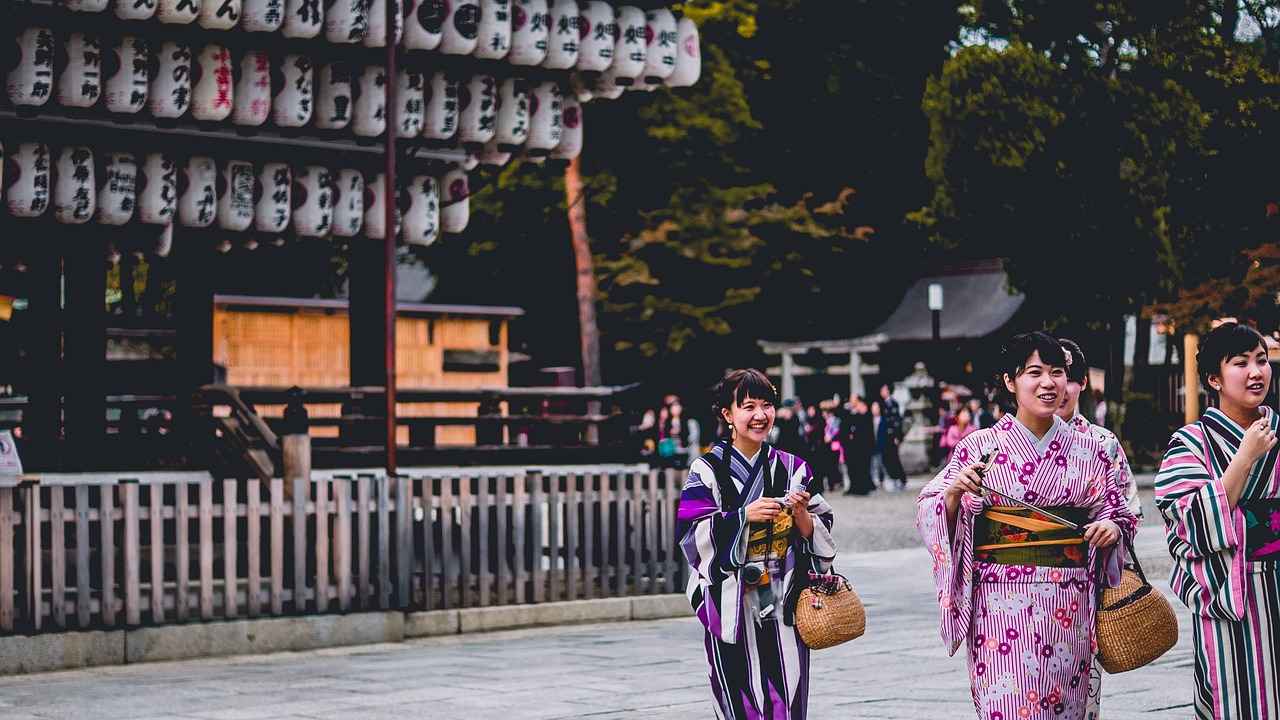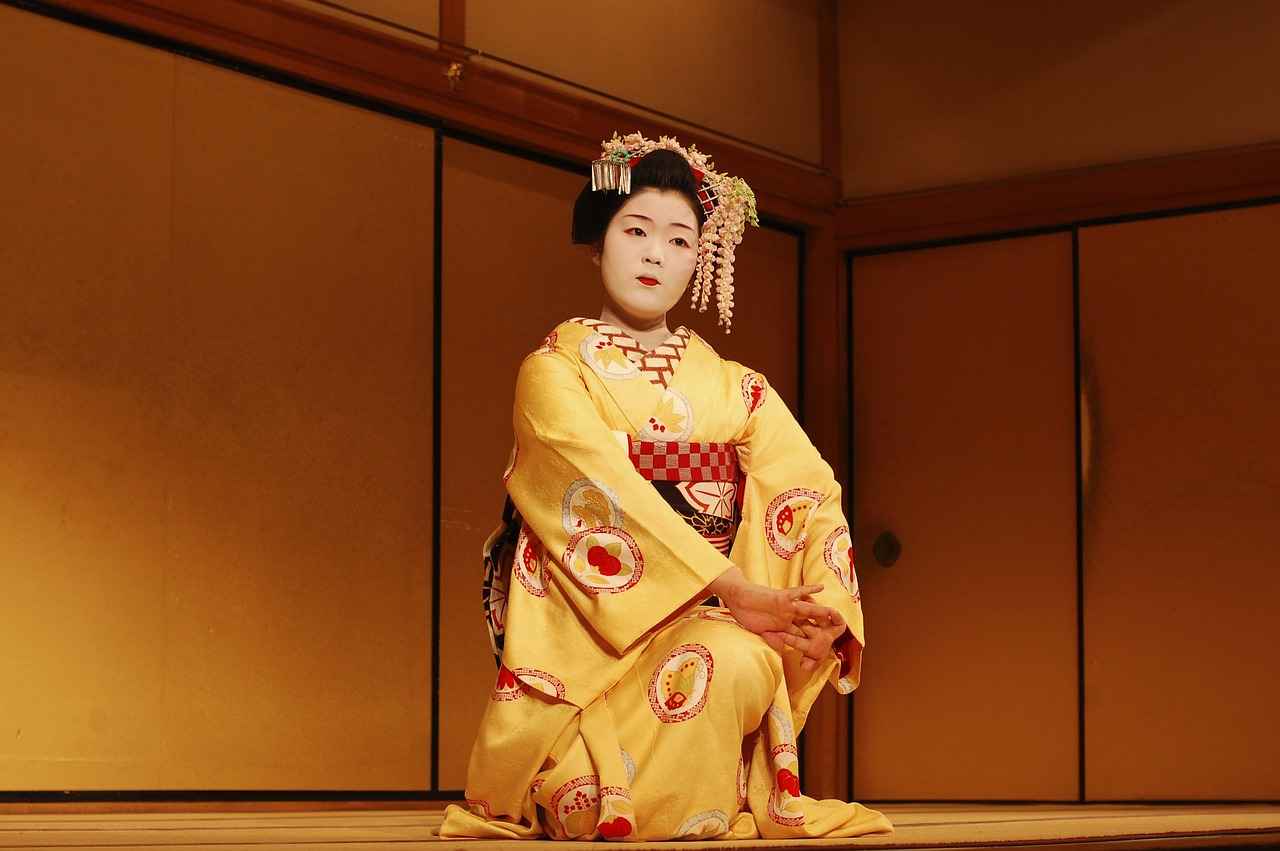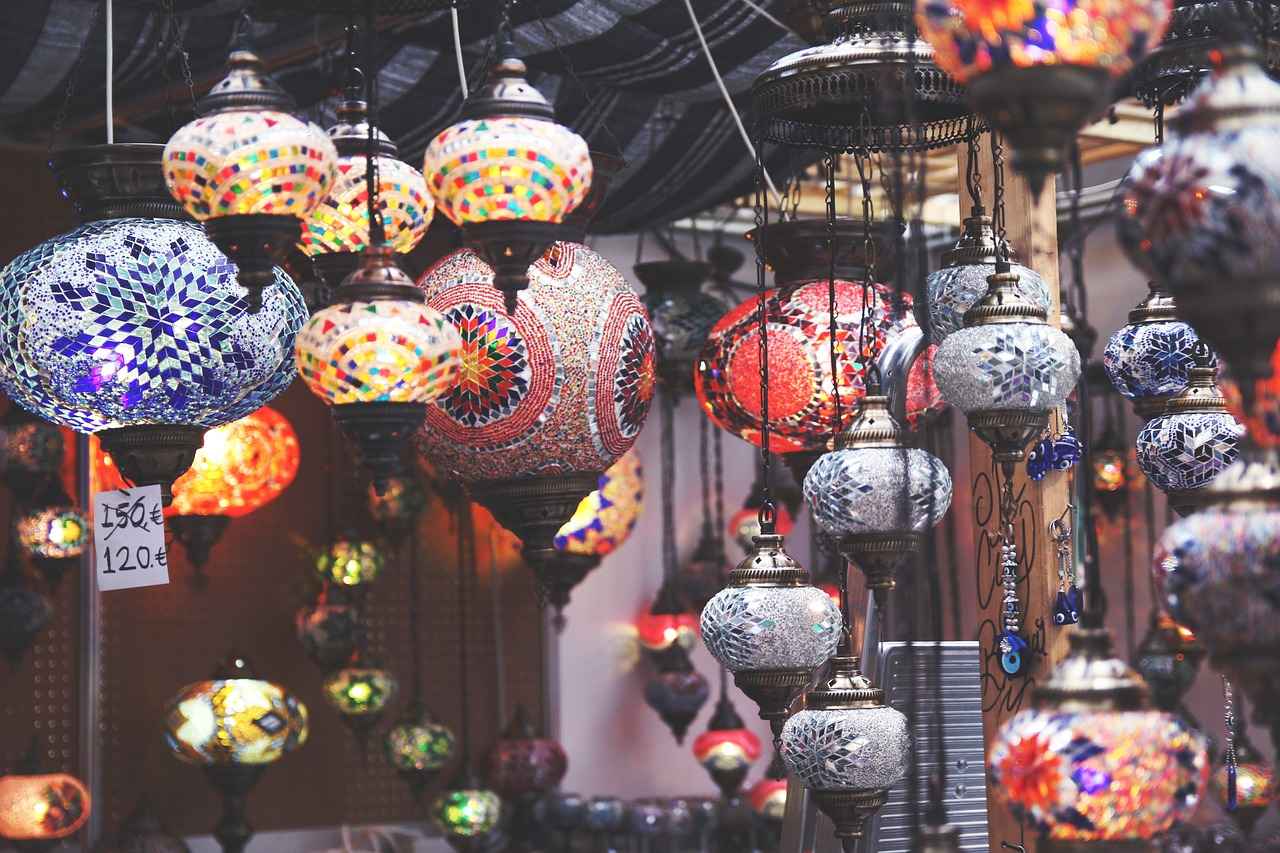This comprehensive guide explores the elegance of kimonos, offering insights on styles, occasions, and tips for wearing them. Discover how to choose the perfect kimono for your special event!
What is a Kimono?
Kimonos are traditional Japanese garments characterized by their T-shaped, long-sleeved design. They are often made from silk and feature intricate patterns, making them a symbol of cultural heritage and elegance.
History of the Kimono
The kimono has a rich history, evolving from ancient clothing styles to a modern fashion statement. Understanding its origins provides insight into its cultural significance and variations over time.
Types of Kimonos
- Yukata: The casual kimono, often worn in summer festivals.
- Furisode: A formal kimono with long sleeves, typically worn by young women at weddings.
Choosing the Right Kimono for Your Occasion
Selecting the right kimono involves considering the event type, season, and your personal style. This section provides guidance on making the best choice for various occasions.
- Weddings and Formal Events: Opt for luxurious fabrics and vibrant colors.
- Cultural Festivals: Choose colorful yukatas that reflect the festive spirit.
Accessorizing Your Kimono
Accessories play a crucial role in enhancing the overall look of your kimono. Traditional and modern accessories can complement your outfit beautifully.
- Obi: The kimono belt that secures the garment.
- Footwear: Traditional footwear like geta or zori.
How to Wear a Kimono Properly
Wearing a kimono correctly involves understanding the proper techniques for draping and tying. Follow this detailed guide to achieve the perfect look.
- Step-by-Step Dressing Guide: Learn how to wear your kimono, from putting it on to securing the obi.
- Common Mistakes to Avoid: Highlighting pitfalls such as incorrect wrapping or mismatched accessories.
Conclusion: Embracing the Kimono Tradition
Wearing a kimono is a celebration of tradition and beauty. By understanding its history, styles, and proper wearing techniques, you can fully embrace this timeless garment for any special occasion.
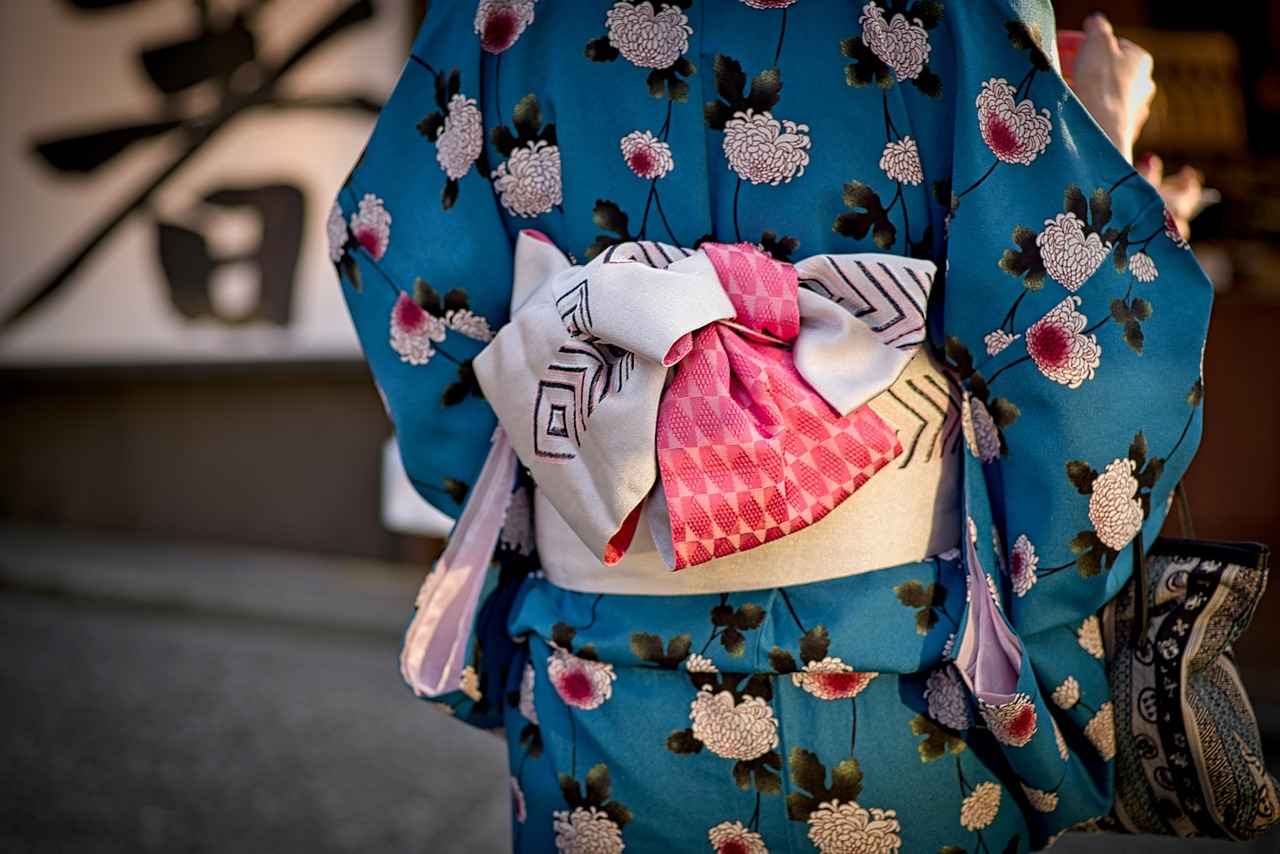
What is a Kimono?
Kimonos are traditional Japanese garments that embody the rich cultural heritage of Japan. Characterized by their T-shaped silhouette and long sleeves, kimonos are often made from luxurious silk and adorned with intricate patterns that tell stories of tradition and artistry. These garments have transcended time, evolving from everyday wear to symbols of elegance and cultural significance.
The word “kimono” literally translates to “thing to wear,” highlighting its fundamental role in Japanese attire. Traditionally, kimonos are wrapped around the body and secured with a obi, a wide belt that adds both structure and style. The versatility of kimonos allows them to be worn by individuals of all ages and genders, making them a staple in Japanese culture.
When we delve into the history of the kimono, we find that it dates back to the Heian period (794-1185), where it began as a simple garment. Over the centuries, it has undergone various transformations in style, fabric, and usage. Each era brought new designs and techniques, reflecting the changing tastes and social norms of Japanese society.
Today, kimonos are worn during special occasions such as weddings, tea ceremonies, and festivals. They are not just clothing items; they are expressions of identity and tradition. The choice of fabric, color, and pattern often signifies the wearer’s age, marital status, and the formality of the occasion.
In conclusion, the kimono is much more than a garment; it is a symbol of cultural heritage and a testament to the artistry of Japanese craftsmanship. Whether worn for formal events or casual gatherings, kimonos continue to captivate and inspire, bridging the past with the present.
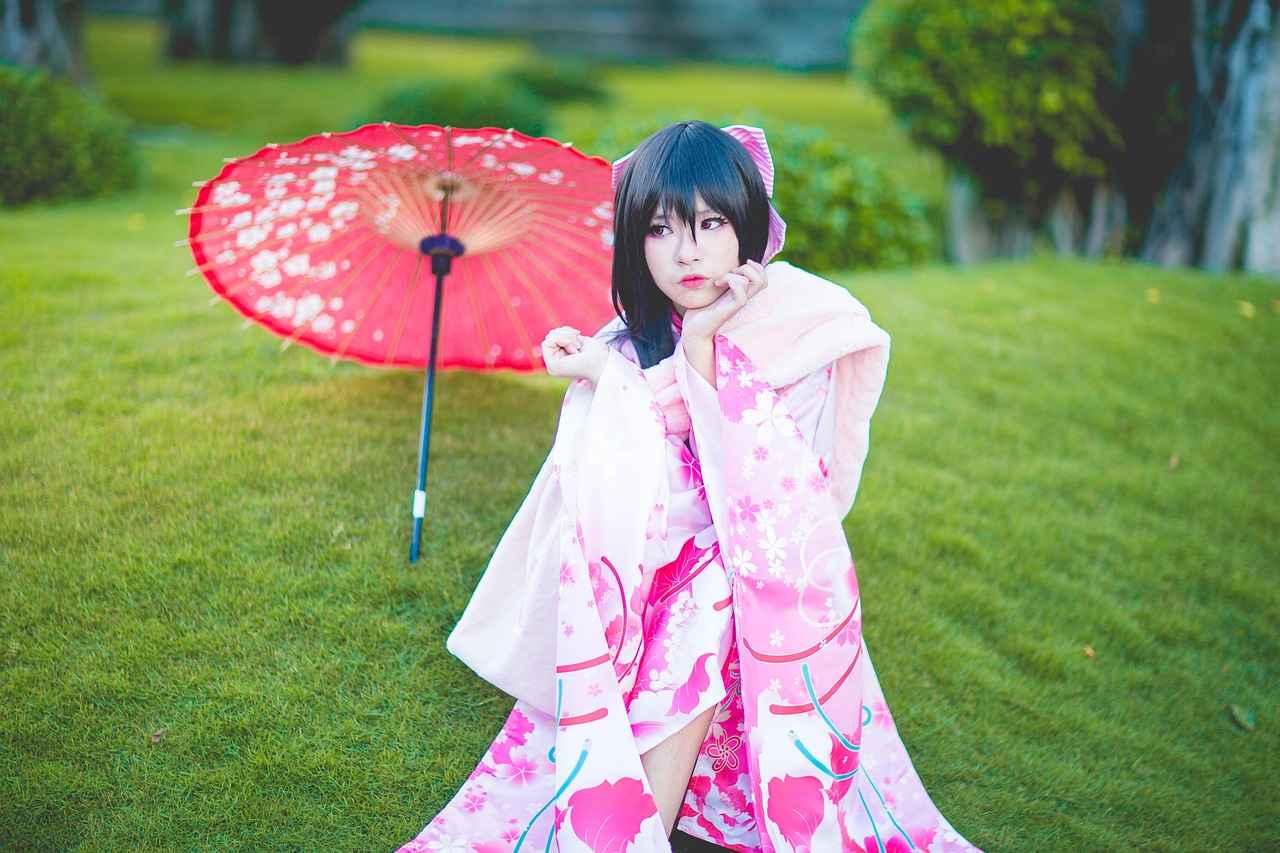
History of the Kimono
The History of the Kimono is a fascinating journey through time, showcasing how this iconic garment has transformed from ancient attire to a modern fashion statement. The kimono, characterized by its T-shaped silhouette and long sleeves, is not just clothing; it is a vital part of Japan’s cultural heritage.
Dating back to the Heian period (794-1185), the kimono was originally a simple garment made from straight pieces of fabric sewn together. Over the centuries, it evolved significantly in terms of design, fabric, and usage. During the Edo period (1603-1868), the kimono became a symbol of status and identity, with elaborate patterns and colors indicating the wearer’s social standing.
- Origins: The earliest forms of the kimono were influenced by Chinese clothing styles, featuring straight lines and minimal decoration.
- Evolution: As Japan entered the Edo period, kimonos became more diverse, with regional styles emerging and the introduction of vibrant dyes and intricate embroidery.
- Modernization: In the 20th century, the kimono faced challenges from Western fashion but has seen a resurgence in popularity, especially during special occasions and cultural festivals.
The cultural significance of the kimono cannot be overstated. It represents not only Japanese aesthetics but also embodies values such as modesty and tradition. Each kimono tells a story, with its colors and patterns often symbolizing various aspects of nature, seasons, and even personal milestones.
Today, the kimono continues to be celebrated, with designers creating modern interpretations that blend traditional craftsmanship with contemporary fashion. Understanding the enriches our appreciation for this timeless garment, allowing us to recognize its role in both personal expression and cultural identity.
In conclusion, the kimono’s journey through history highlights its significance as a symbol of Japanese culture. Whether worn during festivals, weddings, or as a fashion statement, the kimono remains a powerful representation of tradition and elegance.

Types of Kimonos
The Ultimate Guide to Wearing Kimonos for Special OccasionsThis comprehensive guide explores the elegance of kimonos, offering insights on styles, occasions, and tips for wearing them. Discover how to choose the perfect kimono for your special event!
What is a Kimono?
Kimonos are traditional Japanese garments characterized by their T-shaped, long-sleeved design. They are often made from silk and feature intricate patterns, making them a symbol of cultural heritage and elegance.
History of the Kimono
The kimono has a rich history, evolving from ancient clothing styles to a modern fashion statement. Understanding its origins provides insight into its cultural significance and variations over time.
There are various types of kimonos, each suited for different occasions. From casual yukatas to formal furisodes, knowing the distinctions can help you select the right style for your event.
- Yukata: The casual kimono, often worn during summer festivals, made from lightweight cotton for comfort.
- Furisode: A formal kimono with long sleeves, vibrant colors, typically worn by young women at weddings and important ceremonies.
- Tomesode: A formal kimono usually worn by married women, featuring elegant designs and often darker colors.
- Hifu: A traditional kimono-like jacket, perfect for layering and suitable for various occasions.
- Shitagasane: A layered kimono worn underneath the main garment, enhancing warmth and style.
Choosing the Right Kimono for Your Occasion
Selecting the right kimono involves considering the event type, season, and your personal style. For weddings, luxurious fabrics and vibrant colors are ideal, while yukatas are perfect for cultural festivals.
Conclusion: Embracing the Kimono Tradition
Wearing a kimono is a celebration of tradition and beauty. By understanding its history, styles, and proper wearing techniques, you can fully embrace this timeless garment for any special occasion.
Yukata: The Casual Kimono
The yukata is not just a garment; it is a vibrant expression of Japanese culture, particularly beloved during the summer months. This lightweight, casual kimono is primarily crafted from cotton, making it the perfect choice for warm weather and outdoor festivities.
Traditionally worn at summer festivals (known as hanabi or fireworks festivals), the yukata offers both comfort and style. Its easy-to-wear design allows individuals of all ages to don this beautiful attire without the complexity associated with more formal kimonos.
| Features of Yukata | Description |
|---|---|
| Material | Cotton, lightweight and breathable |
| Design | Simple, often featuring colorful patterns and motifs |
| Occasions | Summer festivals, casual gatherings, and hot spring visits |
The yukata is available in a variety of colors and patterns, from floral designs to geometric shapes, allowing wearers to express their personal style. Accessorizing with a haneri (a decorative collar) or a stylish obi (sash) can enhance the overall appearance, making it suitable for both casual and slightly more formal events.
Putting on a yukata is relatively straightforward. The garment is wrapped around the body and secured with an obi, which can be tied in various styles depending on the occasion. This simplicity, combined with the yukata’s cultural significance, makes it a popular choice for those looking to embrace Japanese traditions.
In conclusion, the yukata represents a beautiful blend of comfort and cultural heritage. Whether attending a summer festival or enjoying a casual day out, wearing a yukata allows individuals to celebrate the essence of Japanese summer while staying stylish and comfortable.
Furisode: The Formal Kimono
Furisode kimonos are a stunning representation of Japanese culture, renowned for their long sleeves and vibrant colors. Traditionally, these exquisite garments are worn by young women during significant formal events, including weddings and coming-of-age ceremonies. The length of the sleeves can reach up to 100 cm, symbolizing the wearer’s youth and elegance.
The design of a furisode often features intricate patterns and motifs that reflect the beauty of nature, seasons, or traditional Japanese art. These designs not only enhance the visual appeal but also carry deep cultural meanings. For instance, floral patterns may symbolize growth and renewal, making them particularly fitting for weddings.
Wearing a furisode is not merely about fashion; it is an expression of identity and respect for cultural heritage. During formal occasions, the kimono is often paired with a luxurious obi (belt), which can be tied in various styles to create a stunning silhouette. The choice of colors and patterns is also significant; bright colors like red and gold are often favored for celebrations, while softer hues may be selected for more subdued events.
To ensure the furisode is worn correctly, it is essential to understand the proper techniques for dressing. This includes the right way to drape the fabric and secure the obi, ensuring a polished appearance. Additionally, accessorizing with traditional items such as geta (wooden sandals) or kanzashi (hair ornaments) can elevate the overall look.
In conclusion, furisode kimonos are not just garments; they are a celebration of youth and femininity, embodying the spirit of Japanese tradition. Whether attending a wedding or participating in a cultural event, wearing a furisode allows individuals to connect with their heritage while showcasing their personal style.
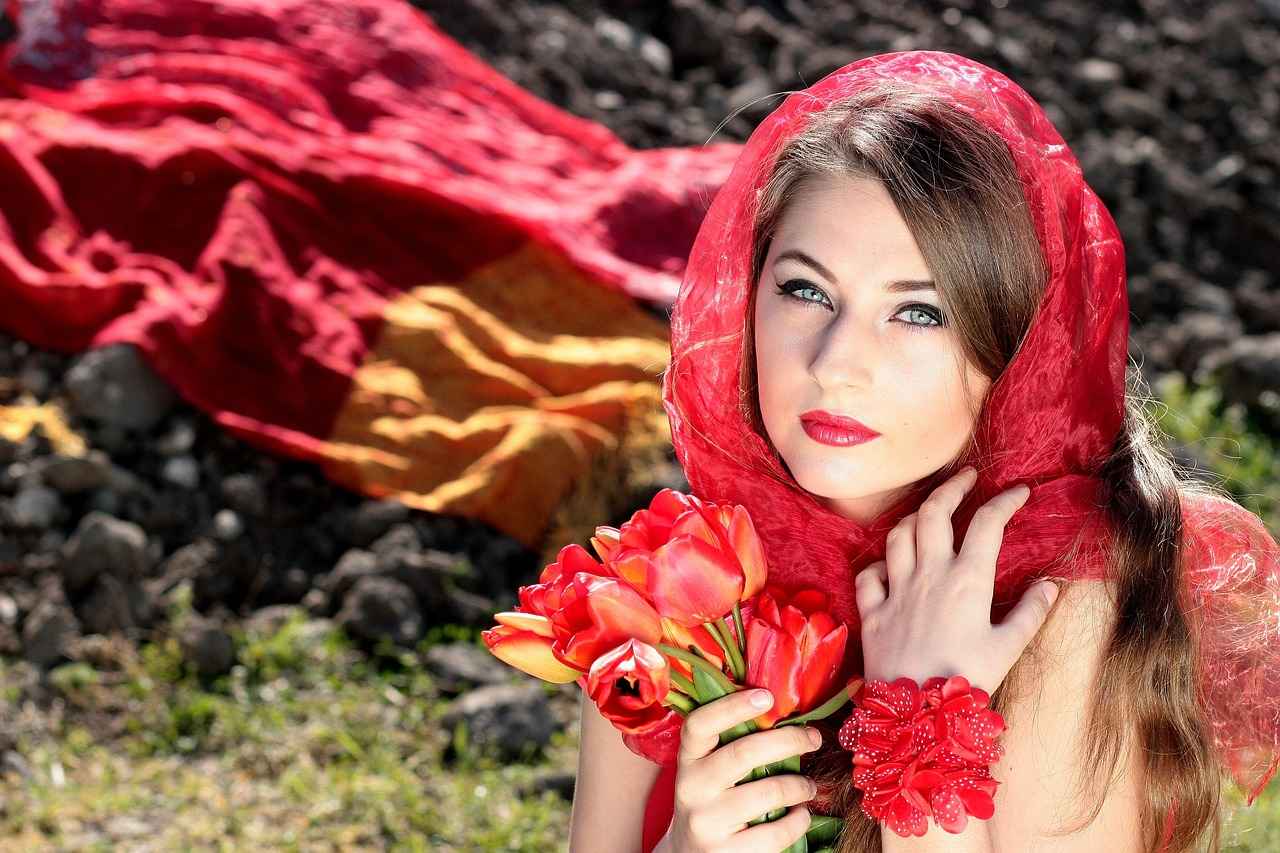
Choosing the Right Kimono for Your Occasion
Selecting the perfect kimono goes beyond mere aesthetics; it requires thoughtful consideration of the event type, season, and your own personal style. Each occasion calls for a different approach, ensuring that you not only look stunning but also feel comfortable and confident.
- Consider the Event Type: Different events have specific dress codes. For formal gatherings such as weddings, a furisode or tomesode is appropriate due to their elegant designs and vibrant colors. In contrast, for casual events or summer festivals, a yukata provides a relaxed yet stylish option.
- Seasonal Choices: The season can greatly influence your kimono selection. Lightweight fabrics like cotton are ideal for summer, while heavier silk or brocade kimonos are perfect for winter events. Pay attention to colors as well; lighter hues are often preferred in warmer months, while deeper, richer tones are suitable for fall and winter.
- Your Personal Style: Ultimately, your personal style should shine through. Do you prefer bold patterns or subtle designs? Are you drawn to traditional motifs or modern interpretations? Choosing a kimono that resonates with your style will make you feel more at ease and self-assured.
In summary, when choosing a kimono, consider the event, the season, and your personal style to ensure you make a choice that is both appropriate and reflective of who you are. This thoughtful approach will enhance your overall experience and enjoyment of wearing this beautiful traditional garment.
Weddings and Formal Events
are occasions that call for elegance and sophistication, and what better way to embody these qualities than by wearing a beautiful kimono? When attending a wedding, it is essential to choose luxurious fabrics and vibrant colors that reflect the joyous atmosphere of the event. The right kimono can make a statement while honoring the cultural significance of this traditional garment.
For guests, the furisode and tomesode kimonos are excellent choices. The furisode, with its long sleeves and bright hues, is particularly suited for young women and symbolizes youth and celebration. It is often adorned with intricate patterns that add to its charm. On the other hand, the tomesode, which features shorter sleeves and is typically more subdued in color, is ideal for married women or those attending more formal ceremonies.
When selecting a kimono for a wedding, consider the following key factors:
- Fabric: Opt for high-quality materials such as silk or satin that not only look stunning but also feel luxurious against the skin.
- Color: Vibrant colors like red, blue, or gold are popular choices that can enhance the celebratory mood, while pastel shades can offer a more understated elegance.
- Design: Look for designs that resonate with your personal style while also respecting the formality of the event. Floral motifs are often favored for weddings.
For the bride, the kimono selection can be even more elaborate. Many brides choose to wear an ornate furisode or a specially designed bridal kimono that features exquisite embroidery and embellishments. This not only highlights their special status on the day but also pays homage to tradition.
In conclusion, wearing a kimono to weddings and formal events allows you to celebrate cultural heritage while showcasing personal style. By choosing the right fabric, color, and design, you can ensure that your outfit is both appropriate and stunning, making a lasting impression on this special day.
Cultural Festivals
are vibrant celebrations that showcase the rich traditions and heritage of various cultures around the world. One of the most cherished aspects of these festivals in Japan is the opportunity to wear a yukata, a casual summer kimono that embodies both comfort and style.
During these festive occasions, the yukata serves as more than just clothing; it is a symbol of cultural identity and an expression of personal style. The lightweight cotton fabric allows for ease of movement, making it perfect for participating in various activities such as traditional dances, games, and parades.
When selecting a yukata for a cultural festival, it is essential to consider colorful patterns that reflect the joyous spirit of the event. Bright floral designs, geometric shapes, and other vibrant motifs can enhance your overall look and help you stand out in the crowd. Here are some tips for choosing the right yukata:
- Choose Bright Colors: Opt for colors that symbolize festivity, such as reds, blues, and yellows.
- Consider the Theme: Match your yukata’s design with the festival theme to show your enthusiasm.
- Ensure Comfort: Make sure the yukata fits well and allows for easy movement, especially if you plan to participate in activities.
Accessorizing your yukata is equally important. A well-chosen obi (belt) can elevate your outfit, while traditional footwear such as geta or zori completes the look. Additionally, consider adding a few hair accessories to enhance your appearance.
In conclusion, wearing a yukata during cultural festivals is a delightful way to embrace tradition while enjoying the festivities. By choosing the right patterns and accessories, you can express your individuality and celebrate the joyous spirit of the occasion.
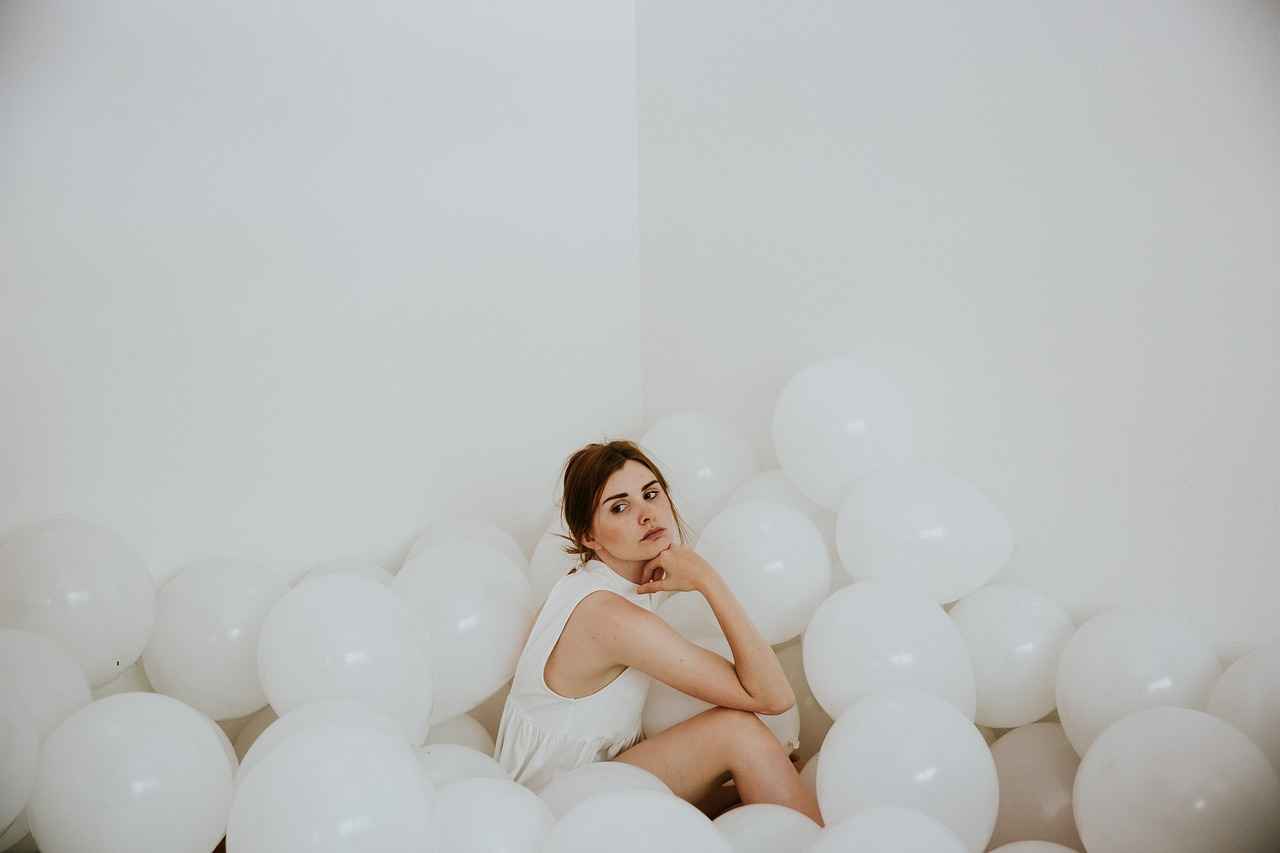
Accessorizing Your Kimono
When it comes to wearing a kimono, the right accessories can transform your look from ordinary to extraordinary. Accessories play a significant role in enhancing the overall aesthetic of your outfit, allowing you to express your personal style while honoring traditional elements. This section delves into both traditional and modern accessories that beautifully complement your kimono.
One of the most important accessories is the obi, the wide belt that secures the kimono. The obi comes in various styles, including haneri (a decorative collar), and can be made from luxurious fabrics like silk. Choosing the right obi not only supports the kimono but also adds a splash of color and pattern, enhancing the overall look.
Another essential accessory is the footwear. Traditional options include geta (wooden sandals) and zori (flat sandals), which are designed to be worn with traditional socks called tabi. The choice of footwear can significantly impact your comfort and style, so select a pair that complements your kimono’s colors and patterns.
In addition to the obi and footwear, consider incorporating hairpieces and bags. Hairpieces, such as kanzashi (ornamental hairpins), add a touch of elegance and can reflect the season or occasion. A chic clutch or a traditional obijime (decorative cord) can also elevate your ensemble, providing both functionality and style.
Finally, don’t overlook the importance of jewelry. Simple yet elegant pieces can enhance your look without overwhelming it. For instance, a delicate necklace or a pair of earrings can add just the right amount of sparkle.
In conclusion, accessorizing your kimono is an art that allows for creativity and personal expression. By thoughtfully selecting each accessory, you can create a harmonious and stunning outfit that celebrates both tradition and modernity.
Obi: The Kimono Belt
The obi is more than just a belt; it is an essential element that enhances the beauty and elegance of a kimono. Traditionally wide and often intricately designed, the obi serves to secure the kimono in place while also acting as a statement accessory. Available in a variety of styles, colors, and materials, the right obi can significantly elevate the overall aesthetic of your kimono ensemble.
When choosing an obi, it is important to consider the occasion and the style of your kimono. For formal events, opt for a tsuke obi, which is pre-tied for convenience and often made from luxurious fabrics. Alternatively, a haneri obi can add a touch of flair with its decorative front. The colors and patterns of the obi should complement the kimono, creating a harmonious look that reflects your personal style.
- Styles of Obi:
- Fukuro Obi: A formal obi that is wider and often features intricate designs.
- Haneri Obi: A decorative piece that adds color and style to the kimono.
- Nagoya Obi: A versatile choice that is popular for both formal and casual occasions.
Moreover, the way you tie the obi can also influence the overall appearance. The otaiko style is a common choice for formal occasions, while the chic obi style may be used for more casual settings. Mastering these tying techniques can enhance not only your look but also your confidence as you wear your kimono.
In conclusion, the obi is a crucial component of the kimono that should not be overlooked. Its ability to transform a simple outfit into a stunning ensemble makes it an indispensable accessory. By understanding the various styles and tying methods, you can ensure that your kimono looks its best for any special occasion.
Footwear and Other Accessories
When it comes to completing your kimono ensemble, footwear plays a vital role in enhancing your overall appearance. Traditional options such as geta and zori not only provide comfort but also add an authentic touch to your outfit. Let’s explore these options in detail:
- Geta: These are elevated wooden sandals that offer a distinct sound and style. Traditionally worn with yukatas, geta are perfect for summer festivals and casual outings. Their unique design allows for breathability, making them ideal for warmer weather.
- Zori: Made from materials like rice straw or synthetic fibers, zori are flat sandals that provide a more refined look. They are versatile enough to be worn with both formal and casual kimonos, making them a staple in any kimono wardrobe.
In addition to footwear, incorporating accessories can personalize your kimono look:
- Obi: The obi is the wide belt that cinches the kimono at the waist. Available in various fabrics, colors, and patterns, the right obi can dramatically change the look of your kimono. Opt for a bold design to make a statement or a subtle one for a more understated elegance.
- Hairpieces: Traditional hairpieces such as kanzashi can beautifully complement your kimono. These ornamental hairpins come in various designs, often featuring flowers or seasonal motifs, adding a touch of grace to your hairstyle.
- Bags: A small, stylish bag can enhance your outfit while providing functionality. Look for bags that match the colors or patterns of your kimono, ensuring a cohesive look.
By thoughtfully selecting your footwear and accessories, you can elevate your kimono ensemble, making it truly your own. Remember, the key is to balance tradition with personal style, allowing your unique personality to shine through.
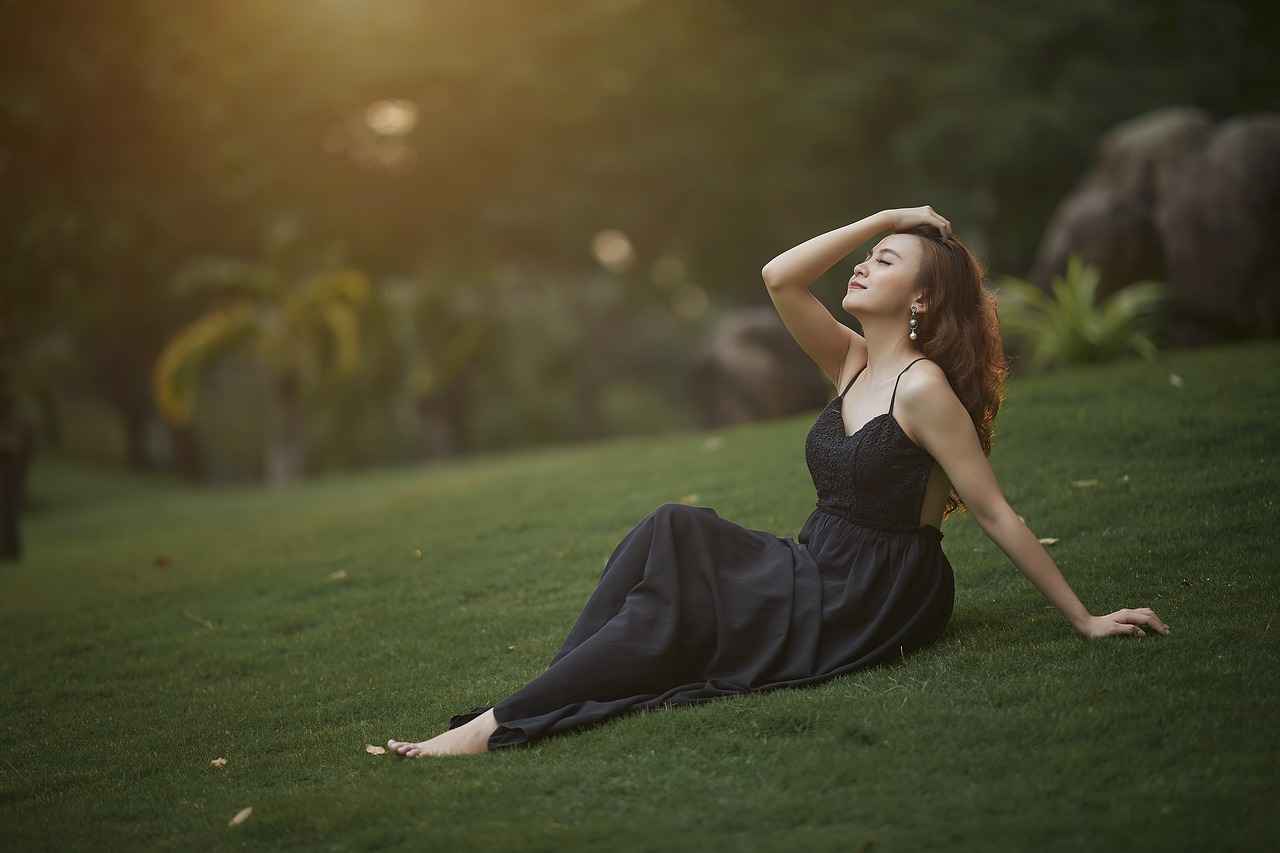
How to Wear a Kimono Properly
Wearing a kimono is an art that reflects the rich cultural heritage of Japan. To achieve the perfect look, it is essential to understand the proper techniques for draping and tying. This guide will walk you through the steps required to wear a kimono correctly, ensuring that you honor this beautiful tradition.
Step-by-Step Dressing Guide
- Preparation: Start with a clean and ironed kimono. Lay it flat on a smooth surface.
- Put on the Kimono: Slip your arms into the sleeves, ensuring the back of the kimono is aligned with your spine. The left side should overlap the right side.
- Adjust the Length: Hold the bottom of the kimono and pull it up slightly to ensure it sits comfortably above your ankles.
- Secure with an Obi: Wrap the obi around your waist, ensuring it sits snugly but comfortably. The obi should be tied at the back, creating a beautiful bow.
- Final Adjustments: Make any necessary adjustments to the sleeves and collar to ensure a polished appearance.
Common Mistakes to Avoid
- Incorrect Overlap: Always ensure the left side of the kimono overlaps the right side.
- Improper Obi Placement: The obi should sit at the natural waist, not too high or low.
- Mismatched Accessories: Choose accessories that complement your kimono’s color and style.
By following these steps, you can wear a kimono with confidence and grace. Remember, the key is in the details, so take your time to perfect your technique and enjoy this timeless garment.
Step-by-Step Dressing Guide
The Ultimate Guide to Wearing Kimonos for Special Occasions
Wearing a kimono is a beautiful tradition that reflects Japan’s rich cultural heritage. This will help you master the art of putting on a kimono, from the initial draping to the final securing of the obi, ensuring you look polished and elegant for any special occasion.
- Step 1: Prepare Your Undergarments – Start by wearing a kimono undergarment called hadajuban to create a smooth base. This will prevent your skin from showing through the fabric and will help keep the kimono clean.
- Step 2: Put on the Kimono – Hold the kimono by the shoulders and slide your arms through the sleeves. Make sure the back of the kimono is aligned with your spine, and the front panels overlap slightly at the waist.
- Step 3: Adjust the Length – Ensure that the hem of your kimono falls at the correct length, ideally just above your ankles. If necessary, adjust the fabric by pulling it up or down gently.
- Step 4: Secure the Kimono – Use a haneri (collar) to secure the kimono at the neck. This adds a decorative touch and keeps everything in place.
- Step 5: Tie the Obi – The obi is a wide belt that holds the kimono together. Wrap it around your waist, ensuring it sits snugly but comfortably. Tie it in a bow at the back, or opt for a more intricate style like the taiko if you prefer a formal look.
- Step 6: Final Adjustments – After securing the obi, make any necessary adjustments to the kimono and obi to ensure everything looks neat. Smooth out any wrinkles and ensure the collar is properly aligned.
By following these steps, you can wear your kimono with confidence and grace, embodying the elegance of this traditional garment. Remember, practice makes perfect, so don’t hesitate to try dressing up in your kimono several times to become familiar with the process.
Conclusion: Mastering the art of wearing a kimono not only enhances your appearance but also connects you to a rich cultural legacy. Enjoy the beauty and elegance that comes with this timeless attire!
Common Mistakes to Avoid
Dressing in a kimono can be a beautiful and enriching experience, but there are several common pitfalls that can detract from your overall appearance. By being aware of these mistakes, you can ensure that your kimono looks stunning and feels comfortable. Below are key points to consider:
- Incorrect Wrapping: One of the most frequent errors is improper wrapping of the kimono. The left side should always overlap the right side. If wrapped incorrectly, it can not only look awkward but also symbolize death in Japanese culture.
- Mismatched Accessories: Choosing accessories that clash with your kimono can ruin the entire ensemble. Ensure that your obi (belt) and other accessories complement the colors and patterns of your kimono for a cohesive look.
- Neglecting Footwear: Footwear is often overlooked. Traditional footwear like geta or zori should be worn to maintain the authenticity of your outfit. Avoid casual shoes that can detract from the elegance of the kimono.
- Ignoring Seasonality: Wearing heavier fabrics in summer or lighter fabrics in winter can be uncomfortable and impractical. Choose a kimono that suits the weather to ensure both comfort and style.
- Overloading on Accessories: While accessories can enhance your look, too many can be overwhelming. Stick to a few key pieces, such as a beautiful obi and a simple hairpiece, to keep the focus on the kimono itself.
- Improper Length: The length of the kimono should suit your height and body type. A kimono that is too long or too short can throw off your proportions, so be sure to choose one that flatters your figure.
By avoiding these common mistakes, you can elevate your kimono-wearing experience and truly embrace this beautiful garment. Remember, the key is to balance tradition with personal style!
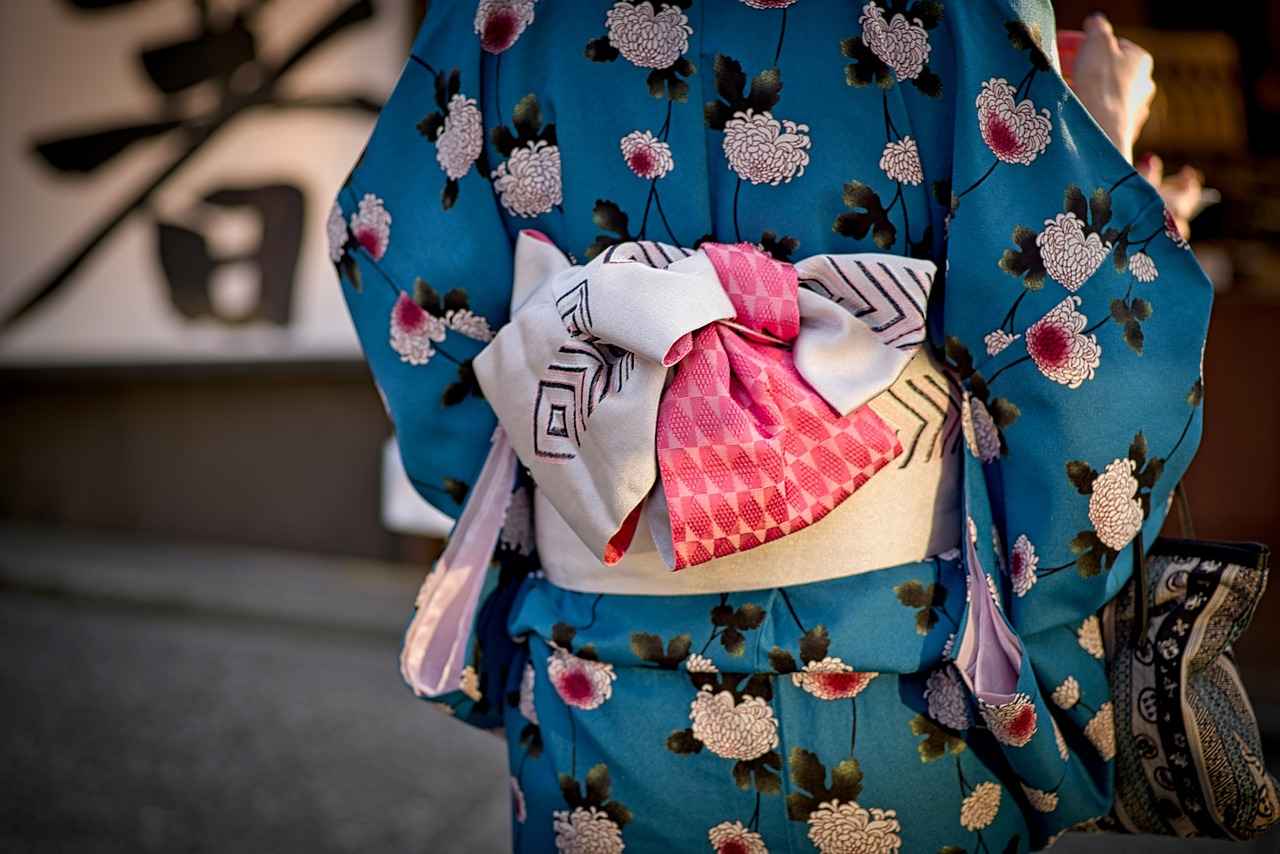
Conclusion: Embracing the Kimono Tradition
Wearing a kimono is not just about fashion; it is a celebration of tradition and beauty. This iconic garment carries with it a rich history that reflects the cultural heritage of Japan. Each kimono tells a story, from its intricate designs to its vibrant colors, making it a true representation of elegance and artistry.
By understanding the history and styles of kimonos, you can appreciate the significance behind each piece. For instance, the furisode is not only a formal garment but also a symbol of youth and celebration, often worn by young women during significant life events. On the other hand, the yukata offers a more casual approach, perfect for summer festivals and informal gatherings.
Moreover, knowing the proper wearing techniques is essential for fully embracing this timeless garment. Wearing a kimono correctly enhances its beauty and showcases the wearer’s respect for tradition. The process of draping and tying the kimono, along with choosing the right accessories like the obi and appropriate footwear, can make a significant difference in your overall appearance.
Ultimately, whether you are attending a wedding, a cultural festival, or any special occasion, the kimono allows you to connect with Japan’s rich traditions while expressing your personal style. As you don this beautiful garment, remember that you are participating in a legacy that has been cherished for centuries.
In summary, by embracing the kimono tradition, you celebrate not only a piece of clothing but also a cultural identity that transcends time and continues to inspire many around the world.
Frequently Asked Questions
- What occasions are suitable for wearing a kimono?
Kimonos are incredibly versatile! You can wear them for special occasions like weddings, cultural festivals, and formal events. Even casual gatherings can be a great opportunity to flaunt a beautiful yukata!
- How do I choose the right kimono for my body type?
Choosing the right kimono is all about understanding your body shape. For example, if you’re looking for something flattering, opt for a kimono with a defined waist or a longer length. Don’t forget to consider colors and patterns that complement your skin tone!
- Can I wear a kimono if I’m not Japanese?
Absolutely! Kimonos are a beautiful garment that anyone can wear, regardless of cultural background. Just remember to respect the traditions and significance behind them, and you’ll look stunning!
- What accessories should I wear with my kimono?
Accessorizing can elevate your kimono look! Consider wearing a stylish obi belt, traditional footwear like geta or zori, and perhaps some delicate hairpieces. These little touches can make a big difference!
- How do I properly care for my kimono?
Caring for your kimono is essential to keep it looking fabulous. Always follow the care instructions, typically involving gentle hand washing and air drying. Store it in a cool, dry place to avoid any damage!
